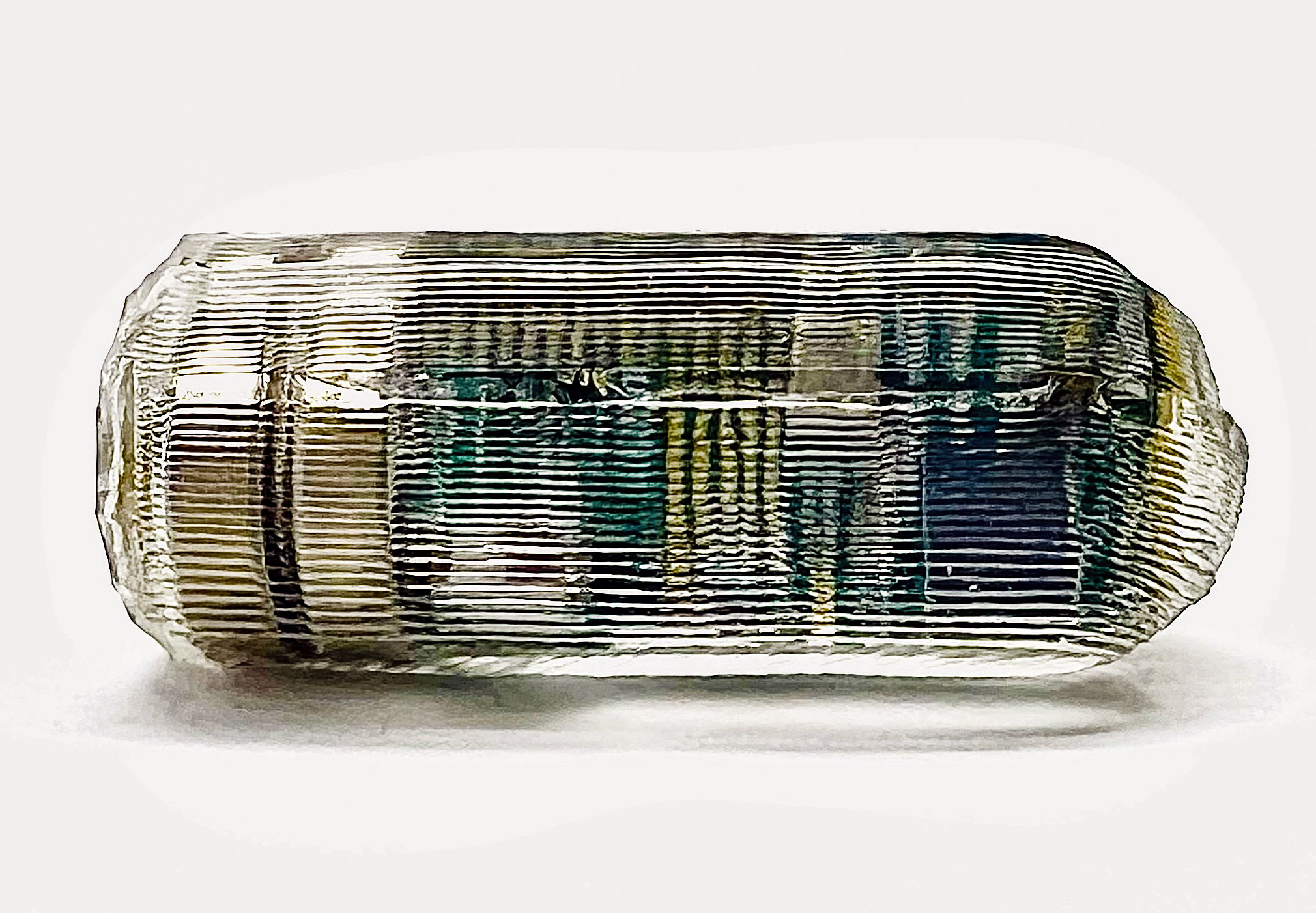GI trouble? Swallow this sensor.
A pill that transmits its location in the digestive system could point doctors to trouble spots.
About 35 million Americans suffer from digestive issues such as constipation, gastroesophageal reflux disease, and gastroparesis (partial stomach paralysis). These so-called motility disorders, in which food fails to move through the system properly, are often diagnosed using endoscopy, nuclear imaging studies, or x-rays.
But engineers at MIT and Caltech have come up with a less invasive alternative: an ingestible sensor whose location can be monitored on its trip through the body. The innovation could someday make it much easier to pinpoint the source of the trouble without a hospital visit. In a new study, the researchers showed that they could use their system to track the sensor as it moved through the digestive tract of large animals.
The tiny sensor measures a magnetic field produced by an electromagnetic coil outside the body. Its progress can be calculated from the measurements because the field’s strength weakens with distance from the coil. The hope is that doctors could use this information to determine what part of the digestive tract is causing a slowdown and help decide on a treatment.

To help pinpoint the swallowed pill’s location, a second sensor remains outside the body as a reference point. This sensor could be taped to the skin, while the coil could be placed in a pocket or backpack, or even on the back of a toilet. A wireless transmitter sends the magnetic field measurement to a nearby computer or smartphone.
“The ability to characterize motility without the need for radiation, in-hospital visits, or more invasive placement of devices could lower the barrier for people to be evaluated,” says Giovanni Traverso, a senior author of the study, who is an associate professor of mechanical engineering at MIT and a gastroenterologist at Brigham and Women’s Hospital. The researchers now hope to work with collaborators on manufacturing processes and eventually to test the system in humans.
Keep Reading
Most Popular
Geoffrey Hinton tells us why he’s now scared of the tech he helped build
“I have suddenly switched my views on whether these things are going to be more intelligent than us.”
Meet the people who use Notion to plan their whole lives
The workplace tool’s appeal extends far beyond organizing work projects. Many users find it’s just as useful for managing their free time.
Deep learning pioneer Geoffrey Hinton has quit Google
Hinton will be speaking at EmTech Digital on Wednesday.
The future of generative AI is niche, not generalized
ChatGPT has sparked speculation about artificial general intelligence. But the next real phase of AI will be in specific domains and contexts.
Stay connected
Get the latest updates from
MIT Technology Review
Discover special offers, top stories, upcoming events, and more.